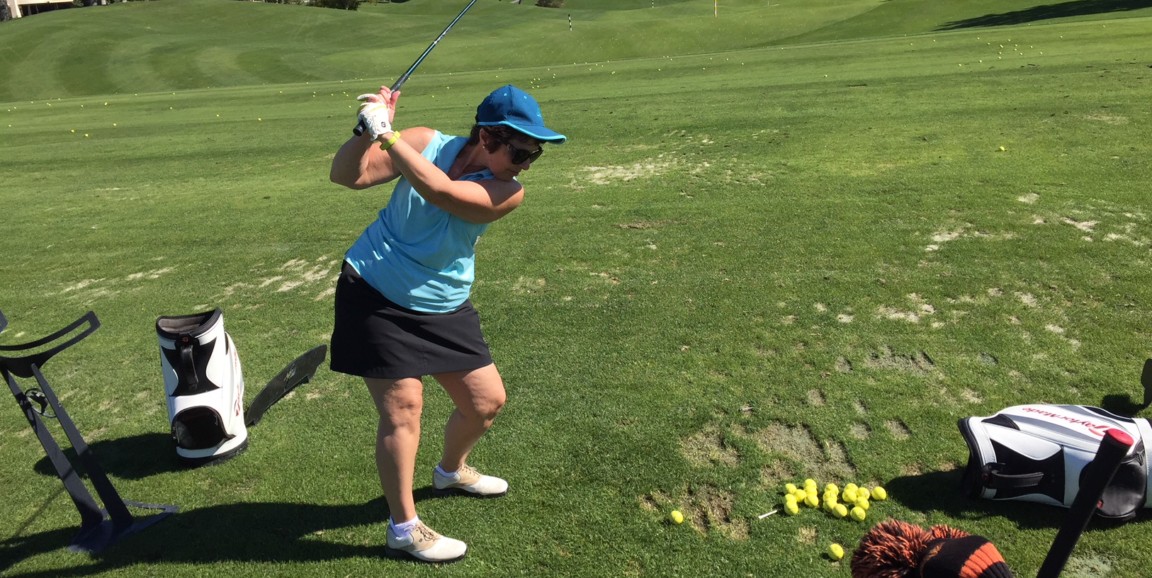It's not surprising that some people who need a new heart valve are not in physical condition for a surgery that requires opening the chest.
That was the case for Laura Hosking, who had undergone radiation for late-stage Hodgkin's lymphoma as a teenager and later received CyberKnife radiotherapy for lung cancer. At 58, the mother of three suffered from aortic stenosis, a narrowing of the vessel that carries blood from the heart to the rest of the body.
Stanford cardiologist Randell Vagelos, MD, offered Hosking the option of a relatively new minimally-invasive procedure known as transcatheter aortic valve replacement or TAVR.
A story in the Stanford Medicine newsletter describes her experience with the procedure, which is offered by Stanford and a handful of other providers in Northern California. The piece explains the procedure:
With TAVR, the new valve is compressed inside a thin catheter, which is inserted into a blood vessel in the leg, then threaded up through the aorta and into the heart. The new valve then is released from the catheter and expanded with a balloon. Once in place, it begins working immediately.
Though not for everyone, the procedure is used for patients who are at high risk of complications or death from open-heart surgery. Recovery from TAVR generally takes half as long as from open surgery, the article explains.
Hosking too improved quickly:
She was walking and talking the day after her procedure and was back home within two days. She had grown so accustomed to taking shallow breaths for years that she had to retrain herself to breathe normally, she said.
In the article, Hosking credits the procedure with allowing her to resume a more active lifestyle: "TAVR gave me back my life in an immediate and profound way," she said.
Photo courtesy of Laura Hosking




